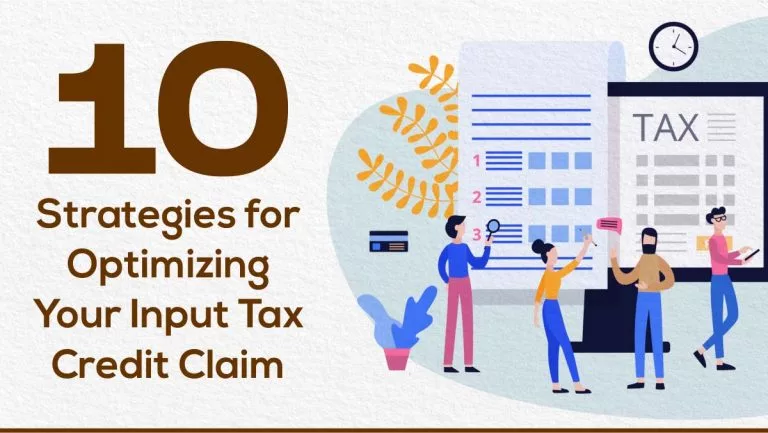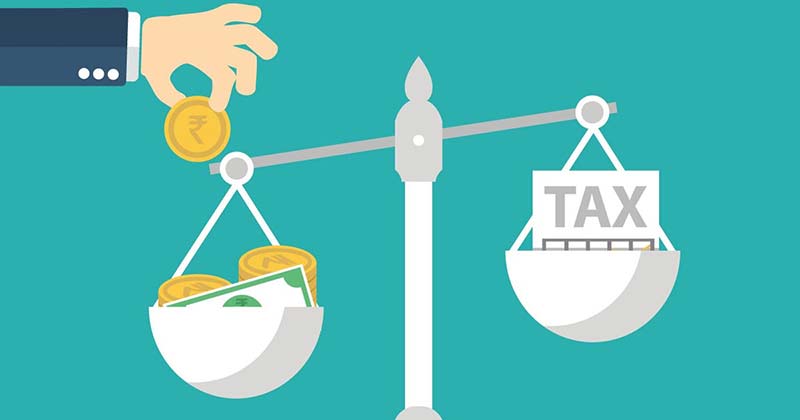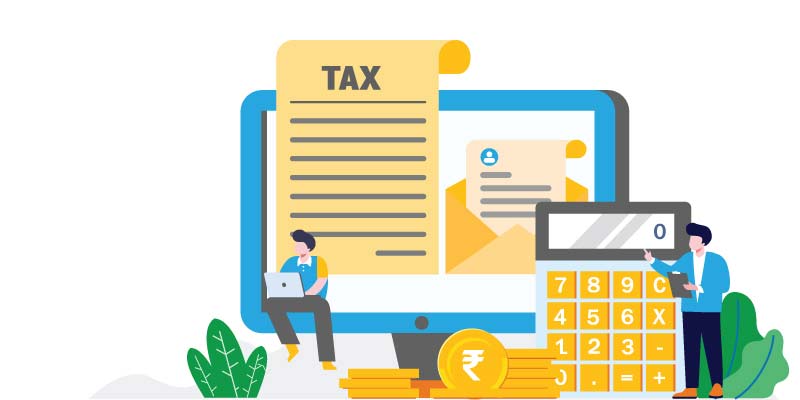
We will explore 10 essential checkpoints to maximise your Input Tax Credit (ITC) claim and ensure compliance with GST regulations and other aspects of Indirect Taxation. By following these checkpoints, you can streamline your invoicing processes, verify the validity of invoices, reconcile data accurately, and make informed decisions regarding ITC eligibility. From validating invoices and checking the authenticity of QR codes to ensuring the presence of invoices in GSTR 2A and GSTR 2B, we will cover a range of factors that impact ITC claims.
Additionally, we will discuss considerations such as missing invoices, claimable ITC eligibility, provisional ITC limits, and the timely payment of vendors. Understanding these checkpoints will help you navigate the complexities of ITC claims and maintain compliance with GST requirements, ultimately optimizing your tax benefits.
1. Verify the authenticity of the invoice
Ensure the invoice from your suppliers or vendors contains all the required information. Given the increasing adoption of e-invoicing in the taxpayer community (which will be compulsory for businesses with a turnover of 5 crores or more from 1st August, 2023), it is also advisable to check whether e-invoicing applies to your suppliers. Even if there is no mandatory list, obtaining a vendor declaration may be helpful for future ITC filings.
2. Validate the QR Code
Suppliers subject to electronic invoicing should receive proper electronic invoices with printed copies of the Invoice Reference Number (IRN) and QR code. It is important to have a valid QR code on your purchase invoice. Familiarize yourself with the QR codes and B2B invoices, which will also be mandatory from April 1, 2021.

3. Confirm the presence of invoices in GSTR 2A.
In a typical scenario, an invoice contains an IRN. However, you should note that the IRN is not automatically populated when a supplier re-saves an invoice. Therefore, ensure that the IRN is valid on the physical or digital copy of the invoice.
- Verify if the values match and reconcile if you have the physical invoice.
- Canceled invoices will not be available in GSTR 2A.
Suppliers should also reconcile their e-invoices with the auto-populated GSTR 1 to avoid re-uploading of data and retain the IRN.
4. Confirm the presence of invoices in GSTR 2B.
In light of recent developments, this aspect is of utmost importance. While creating the invoice, registering it in the Invoice Registration Portal (IRP), and printing the IRN and QR codes are necessary steps, it is critical for the supplier to also upload the invoice to the government portal or submit its GSTR-1 by the deadline before the 12th of the month. The invoice data will appear in GSTR 2B only after the other party has filed its tax return.

5. Ensure follow-up for missing invoices.
Sometimes the invoices do not reflect in GSTR 2A or 2B, even when recorded in your purchase register. In such cases, promptly follow up with the vendor to ensure the missing invoices are uploaded on time and remind them to file their returns on time.
6.Control the eligibility of Input Tax Credit (ITC)
Invoices available in GSTR 2B reflect data uploaded by the supplier, including invoice details such as invoice number, invoice date, place of delivery, invoice value, and item details such as tax rate and tax amounts. In addition, the following critical data points are considered when calculating the international trade tax:
- Place of supply: ITC is available if it is the same as the taxpayer’s state.
- Counterparty (vendor) filing status.
- Reverse charge applicability.
ITC is available for invoices where the place of supply and the taxpayer’s state are the same, the counterparty has filed returns, and it is a forward charge transaction.

7. Determine the claimable ITC.
Additional factors must be considered to determine the claimable ITC from the available ITC. First, a GST reconciliation is required to ensure that the data in your records match the data uploaded by the supplier. It is essential to ensure the claimable amount is not ineligible due to supplier errors.
To determine whether ITC is available, additional information such as the purpose of the purchase (for business or other purposes), details of the good or service (to find out whether it falls under the negative list for ITC as per section 17), and whether depreciation has already been claimed must be considered. This information is usually collected when purchase transactions are recorded, when the period is closed, or when the GST return is prepared. Therefore, the ITC calculated from the GST data must be adjusted based on these additional fields to ensure accurate representation.
8. Verify if provisional ITC is within limits.
The rules for provisional ITC have been changed, moving from a fully self-declared ITC to a 5% cap on provisional ITC. The rules have become stricter, and the government is closely monitoring the accuracy of claims. As a result, some taxpayers may choose not to file for provisional ITC, but if you do, follow the caps. Keep track of such bills and the month the ITC was provisionally filed.

9. Ensure that ITC has been claimed only once.
If you are claiming ITC on a provisional basis, you must avoid re-claiming ITC when the invoice is reported by your supplier and reflected in your GSTR 2A and 2B. It is the taxpayer’s responsibility to identify such invoices and adjust the ITC amount in subsequent months.
10. Verify if vendor payments are made within 180 days of the date of invoice.
If an invoice uploaded by the seller is properly identified in GSTR 2A and 2B and you have claimed ITC on that basis, you must pay the seller within six months of the transaction. If this is not done, the ITC claim must be reversed. The GST portal now includes a communication channel that allows sellers to notify recipients if payment has not been received. However, even if you receive such notifications, the data remains in the GST system and may be subject to audit.
Conclusion
Obtaining the most accurate Input Tax Credit is difficult but can be achieved using appropriate tactics and resources. Taxpayers must carefully weigh the pros and cons and take a decision, or better yet, find a GST compliance partner to help them achieve their target effectively and efficiently. For example, ITC availability directly impacts the taxpayer’s cash outflow, so higher ITC availability is more beneficial. In addition, well-established internal processes and remedies that facilitate purchase data reconciliation can help identify discrepancies and streamline the ITC application process.
